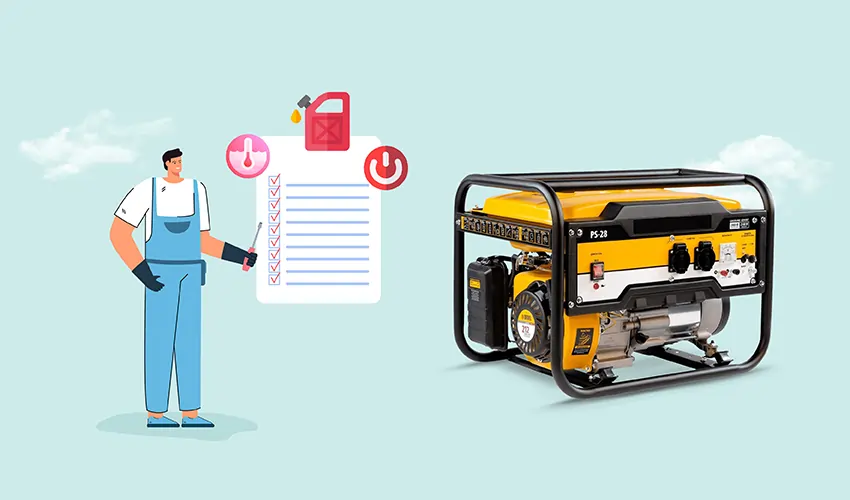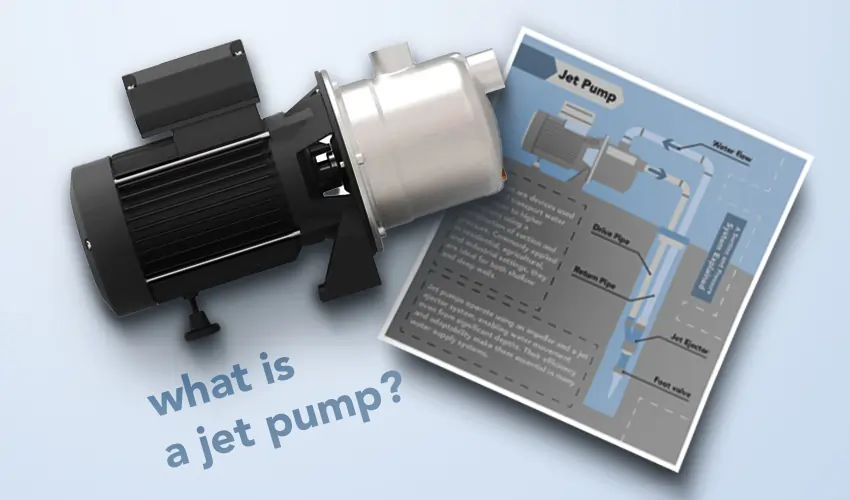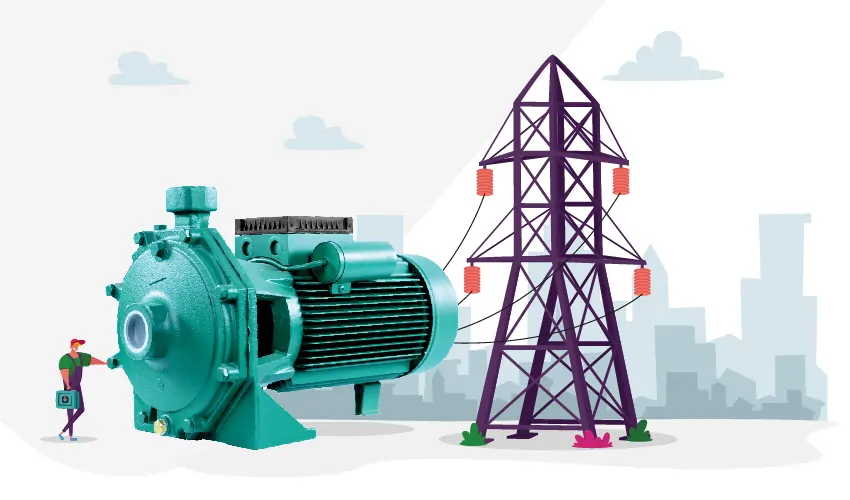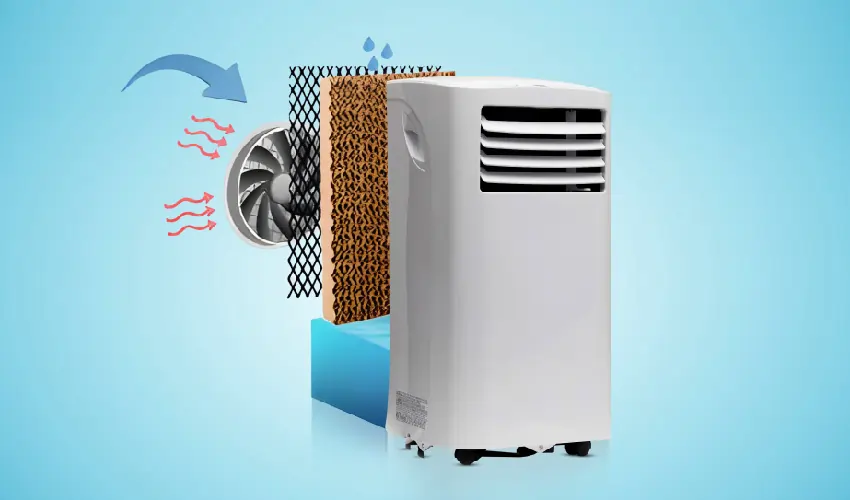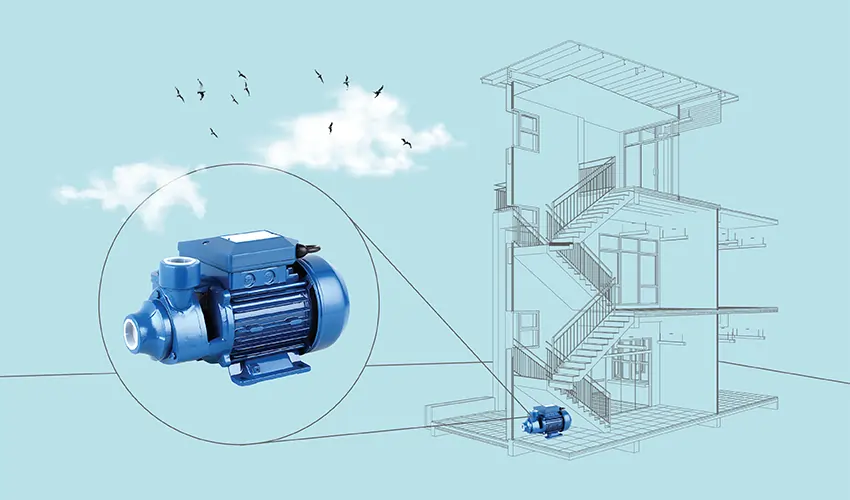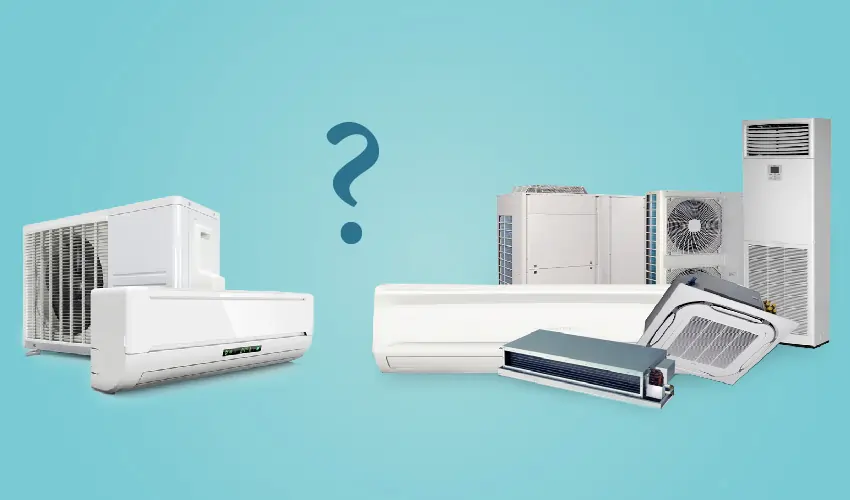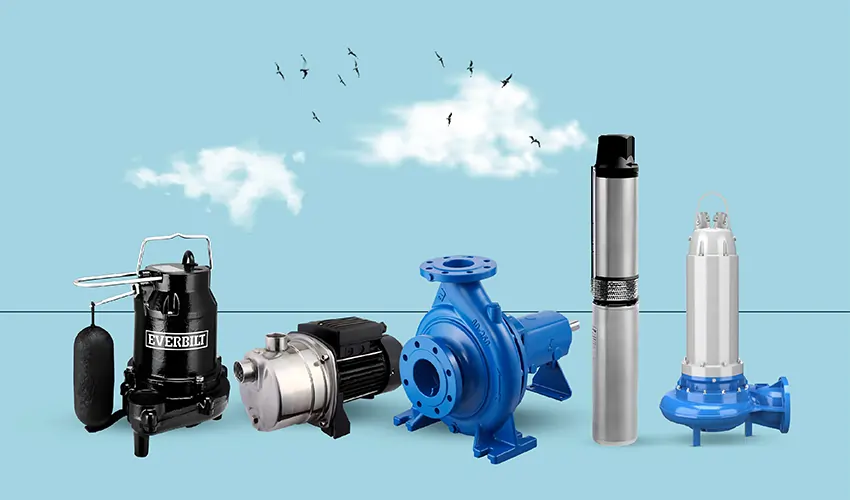From meticulous fuel handling to vigilant monitoring, these guidelines form the backbone, ensuring that your portable generator stands ready to deliver power when you need it most. In this article we argue about portable generator requirements.
Safety Requirements for Portable Generators
Portable generators are useful for providing temporary power in various situations, but it’s crucial to use them safely to avoid potential hazards. Here are some safety requirements and guidelines for using portable generators:
Read the Manufacturer’s Instructions
- Always read and follow the manufacturer’s instructions and guidelines provided in the user manual.
- Adhere to the recommended maintenance schedule.
Outdoor Use Only
- Operate portable generators outdoors in a well-ventilated area. Never use them indoors, including in garages, basements, or enclosed spaces, as this can lead to carbon monoxide poisoning.
Ventilation
- Ensure there is proper ventilation around the generator to prevent the buildup of exhaust fumes.
- Position the generator so that exhaust gases do not accumulate near doors, windows, or air intake vents.
Carbon Monoxide Detection
- Install battery-operated carbon monoxide detectors in your home or RV. Check and replace the batteries regularly.
Grounding
- Properly ground the generator according to the manufacturer’s instructions to reduce the risk of electric shock.
- Use a ground fault circuit interrupter (GFCI) if the generator is not grounded.
Fuel Handling
- Turn off the generator and allow it to cool before refueling.
- Store fuel in approved containers away from living areas and out of the reach of children.
- Avoid spilling fuel on hot engine parts.
Electrical Safety
- Use a heavy-duty extension cord to connect appliances to the generator.
- Do not overload the generator by plugging in too many devices.
- Keep the generator dry and operate it on a dry surface.
Generator Placement
- Place the generator on a level surface to ensure proper lubrication and prevent fuel spillage.
- Keep the generator away from rain, snow, and standing water to prevent electrical shock.
Cooling
- Ensure that the generator’s cooling system is free from debris and not obstructed to prevent overheating.
Fire Prevention
- Keep flammable materials away from the generator.
- Do not smoke near the generator or fuel containers.
Children and Pets
- Keep children and pets away from the generator, especially during operation.
Emergency Shutdown
- Know how to quickly shut down the generator in case of an emergency.
Compliance with Local Codes
- Be aware of and comply with any local regulations or codes regarding generator use.
Operational Requirements for Portable Generators
To operate portable generators effectively and efficiently, it’s important to follow certain operational requirements and generator needs. Here are some guidelines to consider:
Location
- Place the generator on a level surface to ensure proper lubrication and prevent fuel spillage.
- Choose a well-ventilated outdoor location to prevent the buildup of exhaust fumes.
Fuel
- Use the recommended type of fuel specified by the generator’s manufacturer.
- Store fuel in approved containers and follow proper fueling procedures.
- Keep spare fuel containers away from the generator and in a safe location.
Oil Levels
- Check and maintain the oil level according to the manufacturer’s recommendations.
- Change the oil at regular intervals as specified in the user manual.
Cooling System
- Ensure that the generator’s cooling system is free from debris and not obstructed.
- Monitor the engine temperature during operation to prevent overheating.
Start-Up Procedure
- Follow the manufacturer’s guidelines for starting the generator.
- Allow the generator to warm up for a few minutes before connecting loads.
Load Management
- Avoid overloading the generator by connecting only the essential appliances and equipment.
- Check the generator’s rated capacity and do not exceed it to prevent damage.
Extension Cords
- Use heavy-duty extension cords that can handle the electrical load.
- Keep extension cords in good condition to prevent electrical hazards.
Monitoring
- Regularly monitor the generator while it is in operation.
- Be alert for any unusual noises, vibrations, or signs of malfunction.
Maintenance
- Follow the recommended maintenance schedule outlined in the user manual.
- Inspect and clean the generator regularly, including air filters, spark plugs, and fuel filters.
Shutdown Procedure
- Follow the manufacturer’s guidelines for shutting down the generator.
- Allow the generator to cool down before refueling or performing maintenance.
Emergency Procedures
- Know how to shut down the generator quickly in case of an emergency.
- Keep a fire extinguisher nearby and know how to use it.
Storage
- If the generator will not be used for an extended period, follow proper storage procedures.
- Store the generator in a dry, secure location.
Transportation
- Secure the generator during transportation to prevent damage.
- Turn off the generator before loading or unloading it from a vehicle.
Manufacturer’s Recommendations
- Always adhere to the specific operational guidelines provided by the generator’s manufacturer.
Additional Requirements
In addition to the operational requirements mentioned earlier, here are some additional considerations to ensure the safe and effective use of portable generators:
Voltage Regulation
- Check if the generator has voltage regulation features to ensure a stable power supply for sensitive electronic equipment.
Inlet/Outlet Protection
- Install weatherproof covers on electrical outlets and use weather-resistant extension cords to protect against moisture and debris.
Ground Fault Circuit Interrupter (GFCI)
- Use generators equipped with GFCI to provide additional protection against electric shock.
Parallel Operation
- If using multiple generators in parallel, follow the manufacturer’s instructions for synchronization to avoid damage and ensure proper power distribution.
Remote Start/Stop
- Consider generators with remote start/stop capabilities for convenience and to avoid unnecessary exposure to weather or potential hazards.
Noise Reduction
- Use generators with noise reduction features if operating in noise-sensitive environments. Alternatively, consider using noise-reducing enclosures.
Emissions Compliance
- Ensure that the generator complies with emissions regulations in your area. Some generators are designed to meet specific environmental standards.
Fuel Shutoff Valve
- Locate and familiarize yourself with the fuel shutoff valve. In case of an emergency or maintenance, shutting off the fuel supply can prevent accidents.
Overload Protection
- Invest in generators with overload protection features to automatically shut down the unit if it exceeds its capacity.
Hour Meter
- Generators equipped with hour meters can help you keep track of usage and schedule maintenance at appropriate intervals.
Warranty and Support
- Choose generators from reputable manufacturers that offer warranties and reliable customer support.
Training and Awareness
- Ensure that anyone operating the generator is properly trained on its use and safety features.
- Make users aware of potential hazards and emergency procedures.
Voltage Compatibility
- Check that the generator’s output voltage matches the voltage requirements of the equipment you intend to power.
Cold Weather Considerations
- For generators used in cold climates, consider models with cold-start features or use appropriate cold-weather kits to ensure reliable operation.
Stabilizers and Surge Protectors
- Use voltage stabilizers and surge protectors to safeguard connected electronics from power fluctuations and surges.
Security Measures
- Implement security measures, such as securing the generator with chains and locks, to prevent theft.
User Manual Accessibility
- Keep the generator’s user manual in a readily accessible location for quick reference.
Conclusion
In conclusion, ensuring the safe and effective operation of portable generators involves adherence to a set of essential requirements. This includes proper outdoor placement for ventilation, careful fuel handling, vigilant monitoring of oil levels and cooling systems, and attention to load management. Additional considerations, such as voltage regulation, GFCI installation, noise reduction, and compliance with emissions regulations, contribute to a generator’s overall reliability. Regular maintenance, awareness of safety features, and user training are crucial aspects, emphasizing the importance of following manufacturer guidelines to maximize both performance and safety.

